| Yamaha CVP601 satin black |
UPDATED REVIEW – June 6, 2015 – Yamaha CVP601 vs Roland HP506 – RECOMMENDED – Both the Yamaha & Roland piano companies are from Japan and produce exceptionally good digital pianos in a variety of price ranges. Professionals, institutions, piano teachers, and students own and play these brands and I have been playing on Roland & Yamaha digital pianos for years as well as Yamaha acoustic pianos. In this review, I have chosen to compare two completely different current model digital pianos because I get questions all the time from people who are shopping and they want to know how an arranger ensemble digital piano (like the new Yamaha CVP601 retail price $5399US, approx store discount price is $4000US for standard satin finish), would compare to (and differs from) a more traditional digital piano like a Roland HP506 (retail price $3999US, approx store discount price $3499US in standard brown rosewood & satin black finish), or the higher priced top model Roland HP508 (approx store discount price $4800US in standard finishes)? In other words, how does a a digital piano with “all the bells & whistles” compare to one that focuses on the piano playing experience with “less bells & whistles?” Please go to the following link to read my full review of the Roland HP506: Roland HP506 Review
| Roland HP506 Piano |
There can be many comparisons made like this with a number of digital piano brands and models. However, most people I talk to in the US want to be at or under $4000 when considering a nicer higher priced digital piano with realistic piano key action & piano sound along with useful digital features in an attractive furniture style cabinet. Both models have some amazing features and are fun to play but there are certain things that sets the Yamaha CVP601 ensemble digital piano and the new Roland HP506 traditional digital piano apart from each other and certain things that people look for when shopping for a digital piano.
| Yamaha CVP601 satin black |
Generally speaking, digital piano shoppers who want an attractively designed furniture style cabinet are also looking for the best piano sound and best piano key action (along with good pedaling movement) as their first priorities that all fits within their budget. After that comes a desire for digital features which help with music education such as audio file song playback with speed control, looping features for song practice, and General MIDI capability, and then after that comes the additional digital features such as a large amount of higher quality instrument sounds, drum rhythm pattens, recording options, large user friendly display screens, digital sheet music display, karaoke lyric display, automatic ensemble styles with one finger and/multi-finger chord arrangements, follow along lights, and other digital features. When it comes to the new Yamaha CVP601, in its price range it definitely has the best combination of all these features that people may want with hundreds of features & functions easily controlled by having a larger (than the Roland) built-in display screen so you can see and get to the built-in functions easier. You would need to move up to the Yamaha CVP605 or CVP609 to get an even larger color touch sensitive display screen and those pianos are substantially more money. Touch sensitive screens are great and people have them on their cell phones and iPads and I personally like that operating system the best. The CVP601 should have had the same operating system as far as I am concerned and I thought it was going to have it, but it does not.
The Roland HP506 (left pic) and top of the line HP508 in my opinion, has a more realistic piano hammer type graduated weighted key action movement & response (both pianos have a 4-part sensor system in the key actions), better pedaling realism as compared to a good acoustic piano, as well as a much more realistic overall piano tone than the Yamaha CVP601 does. The Roland HP506 piano also has more powerful internal speaker system with 4 speakers, 4 amplifiers, and 73 watts of internal audio power as opposed to the Yamaha at 50 watts of audio power with 2 amplifiers going through 2 speakers. The Roland key action moves somewhat more easily (which I like) than the Yamaha in my opinion (the Yamaha key action is a bit stiff when playing softly), and the Roland key action has the let-off/escapement feature which gives it the feel of a grand piano as opposed to an upright piano with the Yamaha. So when it comes to key action movement, overall feel, and piano sound, I believe the Roland HP506 is the better piano in that area (although key action & touch is subjective). The Roland piano sound is taken from Steinway grand pianos (my favorite) and the Yamaha piano sound is obviously taken from a Yamaha grand piano since they do produce their own fine acoustic pianos:). Both pianos have 128-notes of polyphony which is usually more than adequate for just about any type of piano playing unless you are doing complex multi-track recording and/or extensive layering with accompaniment.
This Roland piano has no multi-track (16 track) recording functions, no digital mixing board, and no karaoke or notation display, etc like the Yamaha CVP601 has. It does however have a lot of great sounding instrument sounds (347 of them) as well as General MIDI and audio wav file playback features (with tempo & looping control) for piano practice and education. But the HP506 is a relatively basic piano otherwise as compared to the Yamaha. When it comes to having a large amount of fun digital features, higher quality realistic sounding instruments including guitars, flutes, etc (there are over 800 sounds), musically appealing & realistic arranger chord style rhythm patterns (over 250 x 4 variations each effectively offering 1000 different musical chord styles!), as well as the user interface touch display, the Yamaha CVP601 would be the much better piano. Some of the instrument sounds of the Yamaha are really impressive and realistic sounding such as the guitars, horns, brass, woodwinds, etc. Unlike the Yamaha CVP601, the Roland HP506 has no drum rhythms, no automatic chords, and no larger display screen (the Roland LCD display is small but still usable). So it would look like the Yamaha CVP601 may have some distinct advantages over the Roland piano in many ways…right? Well it does, and it does not.Go tp the following link to read my detailed explanation of General MIDI and why it’s so cool!: General MIDI
I am going to stop here for a moment and say that in the case of both pianos, they have a USB direct interface to iPad or Android tablet as well as laptop computer. I mention this because when it comes to a getting a big number of fun features, piano practice features, music educational features, extra instrument sounds, drum rhythms, karaoke, digital sheet music, etc, there are many iPad apps (and Android tablet apps) that can take the place of some of the features of the Yamaha CVP601 and Roland HP506 pianos. I use these apps quite often in my music studio and they are very cool and relatively inexpensive to download (free and up to $10 for many of them. I have an iPad and as everybody knows, the iPad (and Android) offers a large user color touch screen interface which is easy to navigate and has great visual graphics. From rhythm training, to sight reading, to learning popular songs and playing along with digital sheet music, singing karaoke lyrics, and playing fun music games that also help with music/piano skills, iPad and Android apps can do a lot and the tablets are easy to connect and put in front of you on these pianos. You can then run the audio portion of the apps back through the digital piano audio inputs so you can hear the iPad/Android tablet audio coming out of the piano and also through stereo headphones for private practice.
The Roland company has obviously recognized how important iPad’s can be because they offer a wireless connection for their HP506 (and other Roland pianos) to be used with their own interactive iPad apps for music/piano education which recognize your key action input and the app responds to what you do on the Roland piano and tells you if you are doing it correctly or not. Rather than tell you how wonderful all the features are on these two Roland and Yamaha digital pianos, I think what’s even more important is for people to realize that a great interactive music experience on these pianos can be had by utilizing an iPad (and Android) connected to a good digital piano. Even though the “extra” ensemble features along with great instrument sounds and accompaniment styles of the CVP601 are very cool & useful to certain people looking for that experience, after awhile some people who own these pianos don’t use those features very much, if at all. If the student is a child, then they are typically being taught in a more traditional way and the interactive chord styles would likely not be used. On the other hand, adults who don’t play well or don’t want to take lessons just want to have musical fun in the quickest way possible. They will likely enjoy the CVP601 much more as opposed to the non-ensemble Roland HP506 because the CVP601 can make you sound like you are an entire band by just using a few fingers on the left and right hand! In other words, even if you play bad (in your own mind) and may be at a beginner level, the Yamaha CVP601 can make you sound good even if you make mistakes because it has all those fun background easy-play chord arrangements…and there is nothing wrong with that:)
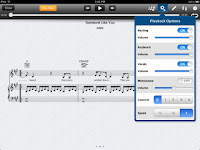 But when it comes to just playing piano in a traditional way or learning how to play piano, what most people want as I said before, is a great feeling, great sounding digital piano in an attractive cabinet with a good internal speaker system and a few fun or educational features that make playing music more interesting. In that case, I believe the Roland piano for less money would be the better way to go, especially if you will be using some sort of tablet device like an iPad to give you that big touch screen interactive music experience with the extra fun & educational features. An example of this is an app called “Anytune” (above left pic) and it will allow you to take your favorite songs (iTune MP3 files) and import them into the app from your iTunes collection so that you can play the song through the iPad (and hear it through the digital piano) and slow the song down to any speed for practice, change/transpose keys of the song so you can play it (or sing it) in a more comfortable key on the piano, and even set up a loop function
But when it comes to just playing piano in a traditional way or learning how to play piano, what most people want as I said before, is a great feeling, great sounding digital piano in an attractive cabinet with a good internal speaker system and a few fun or educational features that make playing music more interesting. In that case, I believe the Roland piano for less money would be the better way to go, especially if you will be using some sort of tablet device like an iPad to give you that big touch screen interactive music experience with the extra fun & educational features. An example of this is an app called “Anytune” (above left pic) and it will allow you to take your favorite songs (iTune MP3 files) and import them into the app from your iTunes collection so that you can play the song through the iPad (and hear it through the digital piano) and slow the song down to any speed for practice, change/transpose keys of the song so you can play it (or sing it) in a more comfortable key on the piano, and even set up a loop function
that allows you to play specific parts of the song over and over in a
loop so you can learn to play that part better and more accurately
(WOW!). There is also an app created by the Yamaha company called NoteStar (above left pic) that allows
you to buy and download popular sheet music arrangements with notation, lyrics, and chords and the app allows you to slow the song down, change keys, and silence the vocal parts for practice and play-along just similar to the other app I was talking about but with actual sheet music. This is some of the stuff the top of the line CVP609 can do which is great…but that piano is over $14,000 retail price so it better do a lot. But as I said, you can get this technology for free using an iPad app., and that’s very cool. There are even functions to silence the vocal parts of songs so you can play or sing over the rest of the song without the original voice…very cool.
So then the question comes up, “why would I need or want something like a Yamaha CVP601 arranger ensemble piano or any digital piano with a lot of features and a built-in touch screen when I can spend less money and get a better digital piano with less built-in features but use my iPad with it for an interactive experience instead?” The answer is “maybe you wouldn’t.” Many people already own an iPad or some sort of Android tablet (I have both), so the cost is irrelevant if you already own one and apps are not expensive at all, even for some of the best ones. If you don’t have a tablet device, then the cost of one is relatively inexpensive and you don’t need the latest model to use apps with a digital piano. Copyright AZPianoNews.com 2014
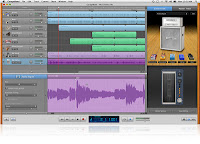 |
| Garage Band for iPad |
As far as the apps themselves, when you are downloading sheet music or songs within the apps, you do have to purchase the digital sheet music and/or MP3 files (iTunes), but that’s normal and it’s not expensive for what you get. The sheet music is about $2-$4 per song on average and an iTune is between $.70-$1.30 so they are very affordable. And if you want different (or extra) instrument sounds or rhythm patterns that will sound great through your digital piano, as well as fun interactive song recording apps (like Apple Garage Band), you can get these things as apps for some great music playing experiences. They are especially useful for something like the Roland piano which does not have extensive recording features and does not have any rhythm patterns (jazz, rock, country, Latin, etc, etc) like the Yamaha CVP601.
| Roland HP506 |
The Roland HP506 digital piano sells in piano stores in the US for about $500 less than the Yamaha CVP601 in the standard satin black cabinet. In a polished ebony cabinet the Roland HP506 sells for about $4200 whereas the Yamaha CVP601 in the polished ebony sells for approx $4600 (a $400 difference). Both pianos would be great to own and I personally enjoy using the various sounds and rhythm arranger styles of the Yamaha piano. But I am also an accomplished & experienced player and have been using ensemble arranger technology for years and I know how to take advantage of what it does. But for most families who will have kids taking lessons and playing the piano and no adults taking lessons or interested in playing, then I would recommend you spend less money and get a better actual piano playing experience with the Roland and connect an iPad (or Android) tablet device for that cool, fun, interactive technology experience which is more in line with what kids are doing these days anyway…using an iPad for much of how they connect to the world.
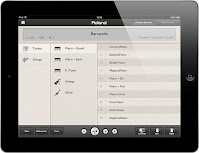 |
| iPad Roland piano controls |
As you may have already experienced in your family, kids (and adults) are growing up in an iPad world these days and even though you can certainly use an iPad with the Yamaha CVP601 and other similar digital pianos and have great interactive fun and learning, if you are not going to take advantage of all the extra features in the piano itself (especially the ensemble arranger chord functions), then I recommend you save your money and get a very good digital piano with less extra features (bells & whistles) for less money like a Roland HP506 (other other similar pianos from Kawai. Yamaha, or Casio) and connect that piano with an iPad or Android for super fun music and educational interaction as well as being able to control the Roland piano internal sounds and functions using the iPad touch screen. In that way you can have an interactive large color touch screen experience with the Roland HP506. I would personally rather have that experience than using the smaller non-color Yamaha CVP601 user display screen although you can certainly connect a tablet device to the Yamaha. By the way, I use iPad piano/music apps all the time in my studio and recommend many of them for some great interactive music experiences for people all all ages from 3 years old to 93 years old:)
| Roland HP506 |
For an even better digital piano playing experience with bigger sound and cabinet, you can buy the top of the line Roland HP508 piano for around $4800 store discount price in the standard satin finish which I mentioned before (which is only approx $500 than the Yamaha CVP601) or you can drop way down to something like the popular Kawai CE220 digital piano which I recommend and it sells for just $1899 internet discount price. The Kawai can also connect direct to a tablet device for the same interactive experience as you would get with the Yamaha or Roland piano, so you don’t have to spend a lot of money to make this all happen. But if you don’t mind being in the $3000-$4000 price range then I would suggest you consider going with the Roland HP506 and use an iPad for the interactive touch screen music experience. However, if you really think you’ll want and use the built-in song recording, extensive rhythm patterns & left-hand chord styles, and music playback features of the CVP601 along with the larger display screen (than the Roland and other brands) and on-board extra automated music features, then the CVP601 is definitely the one for you. Personally for me, I would probably buy the new top of the line Yamaha CVP609 (if I could afford it) because I would use most of those built-in features (I know how to do that as I mentioned before) along with my iPad, but that piano sells for more than $10,000 at store discount price…yikes! That’s a lot of money but it is an awesome piano. But hey…it’s only money….right:)?
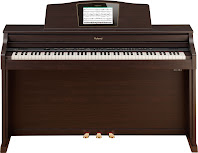 |
| Roland HPi50e |
One other digital piano option that would combine all three world together including interactive ensemble music styles, General MIDI 16-track recording, excellent piano key action & piano sound, wireless iPad connectivity, a direct interactive learning experience with a large built-in color monitor screen in the piano itself, would be the new Roland HPi50e ($4600 approx piano store discount price). This 2015 model is like no other digital piano available out there and it is not available on the internet but only at Roland authorized piano stores. I have to say that of all the higher priced digital pianos I have played for under $5000, this piano seems to be an instrument that can please almost everyone who is looking for something that offers a variety of interactive options while still being a solid piano for key action & piano sound realism. Go to the following link to read my review of the Roland HPi50e: Roland HPi50e Review
| Yamaha CVP601 with closed cover |
Whatever decision you make, you certainly can’t go wrong with any one of these fine pianos as they are attractive and reliable with good factory warranties. As a piano teacher, musician, composer, and digital piano adviser, it’s all about playing and enjoying music. As long as you are doing that, that’s all that really counts. Whether or not you spend $1000, $2000, $3000, $4000, or more is not the issue as much as if you are getting the most for your money based on your music abilities and musical goals. If you think you will use the features of the piano and can afford the price, and you like the way it sounds and plays, then buy it. Music is all about how it makes you feel. It’s about emotion, relaxation, and expression, and if the piano gives that to you then go for it and take it home!
If you want more info on new digital pianos and LOWER PRICES than internet discounts, please email me at tim@azpianowholesale.com or call direct at 602-571-1864.
* I recommend eMedia educational software below. If you decide to make a purchase after clicking on link below, I have arranged a big discount for you direct with eMedia for their educational software and that discount price is displayed through this link only! I want to see everyone learn to play and enjoy piano!
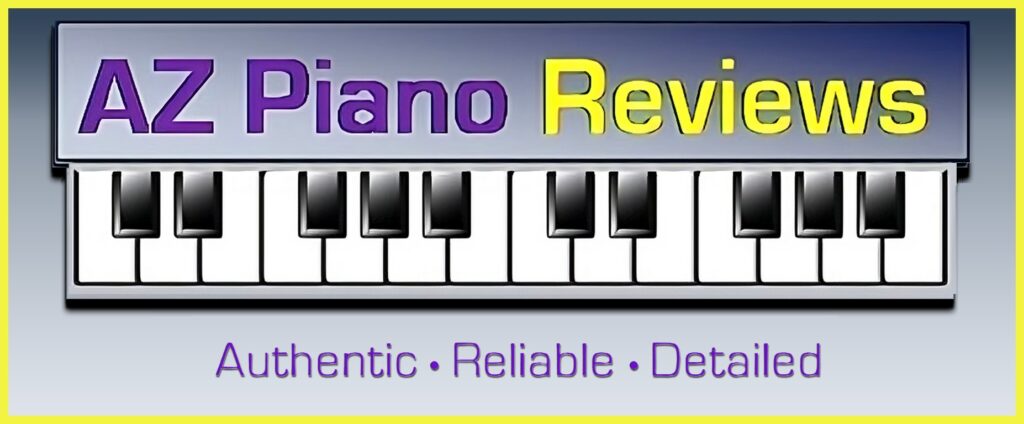



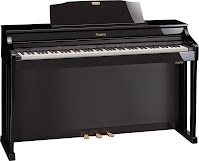
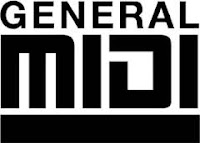

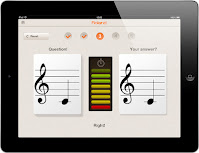
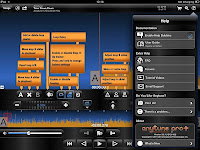

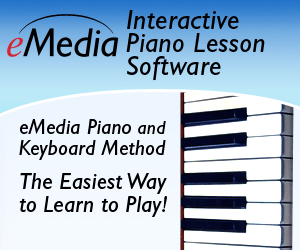


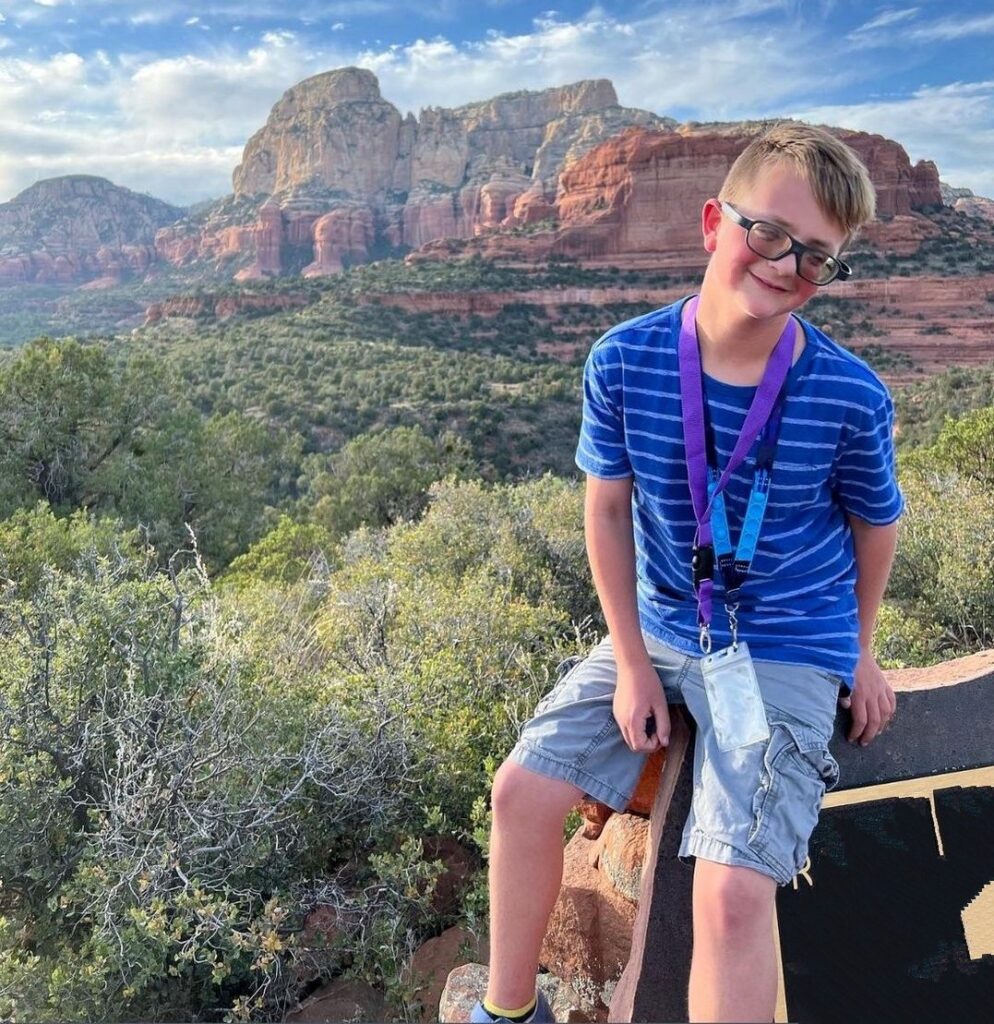
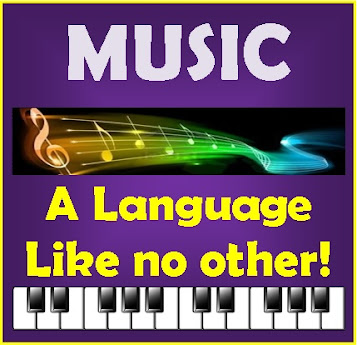
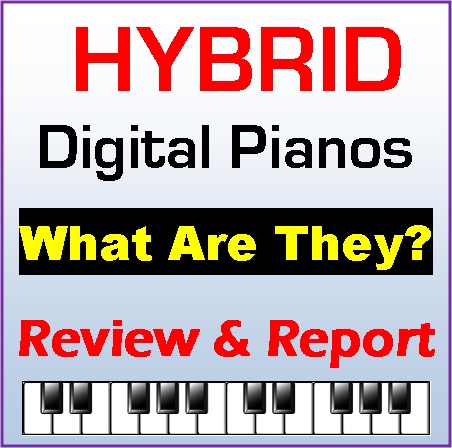
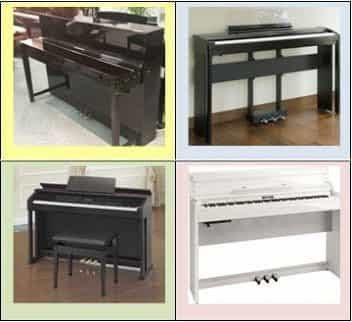
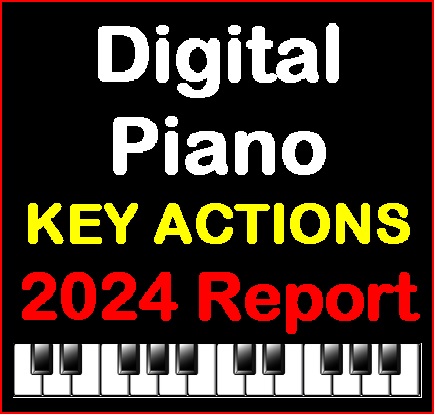
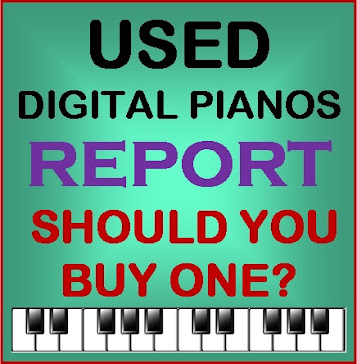
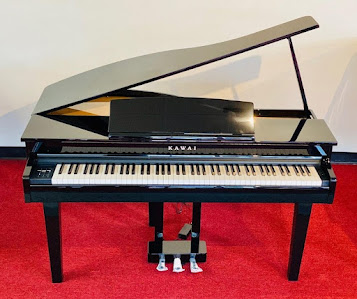
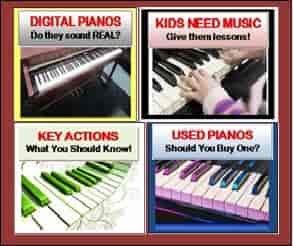
I see your review very usefull. But i little confuse to choose between Yamaha CVP 505 and CVP 601. CVP 505 is about $300 more expensive than 601. What u suggest to buy? thx..
I am a retiree taking classical piano lessons. I have to have a digital piano to keep peace in the house with my wife. I traded my CVP 509 in for the NEW CVP 609 which has larger speakers. My biggest complaint is I cant get rid of the tiny sound the piano has when played through the built in speakers. It sounds good with my Senhauser HD 800 open headphones. I'm thinking of purchasing a set of 8"monitor speakers or trading it for a Roland V piano. Any suggestions?
A good pair of powered stereo monitors almost always gives a digital piano a fuller and richer tone. Best position is at ear level, and adding a smaller subwoofer on the floor can be a good idea too.
Pitty they don't make those useful apps for Android.